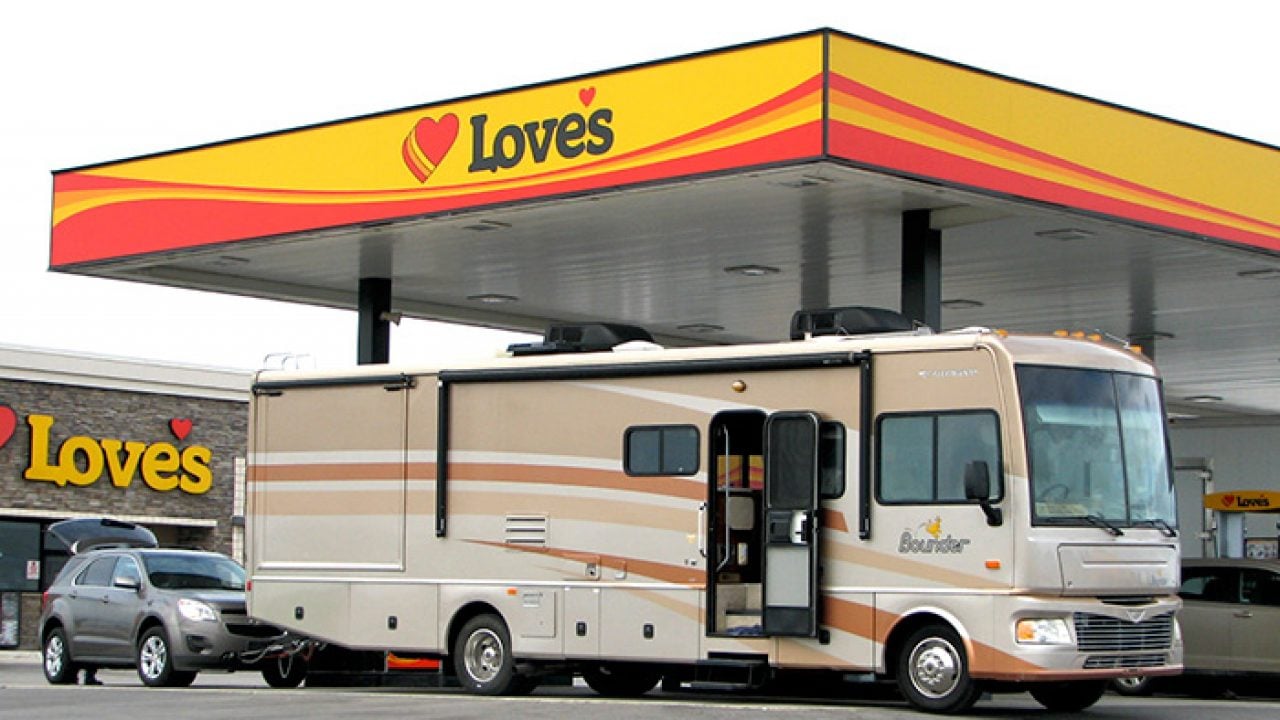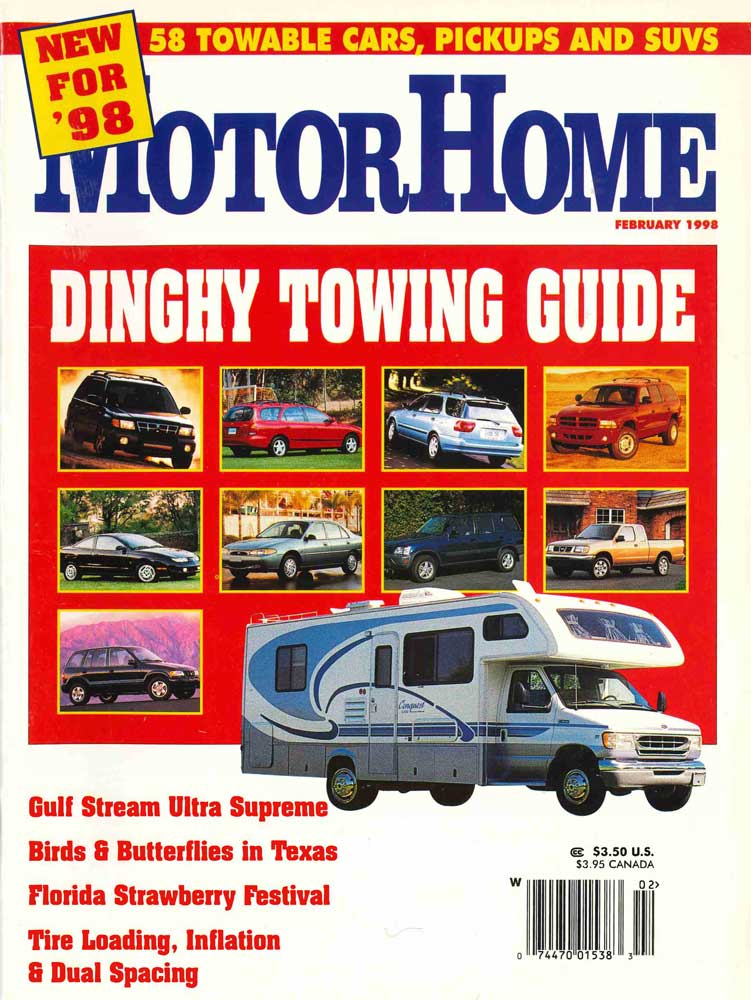

Nov 03, 2017 This is an update regarding the revised flat-towing procedure for 2010-2017 Chevy Equinox and GMC Terrain vehicles with 4-cylinder engines. The revised procedure, outlined in GM service bulletin 17-NA-348, was developed to eliminate the wobble that sometimes occurs when the vehicle is flat towed. This page contains multiple flat tow guides that will help you learn how to safely dinghy tow your vehicle. If you have any questions about dinghy towing, if your truck can be flat towed, or anything else, a call W-K Chevy at (660) 530-4723. The 2017 Chevrolet Traverse requires different procedures when being towed. See 2017 Chevy Traverse flat, dinghy and dolly towing procedures.

To tow the vehicle with the two rear wheels on the ground and the front wheels on a dolly:
- Put the front wheels on a dolly.
- Shift the automatic transmission into P (Park) or a manual transmission into 1 (First) gear.
- Set the parking brake.
- Clamp the steering wheel in a straight-ahead position with a clamping device designed for towing.
- Remove the key from the ignition.
- Secure the vehicle to the dolly.
- Release the parking brake.
Caution
Towing the vehicle from the rear could damage it. Also, repairs would not be covered by the vehicle warranty. Never have the vehicle towed from the rear.
Dinghy Towing (with Manual Transmission)
To dinghy tow the vehicle from the front with all four wheels on the ground: Position the vehicle to tow and then secure it to the towing vehicle. Shift the transmission to Neutral. Turn t ...Other materials:
Tire Designations
Tire Size The following is an example of a typical passenger vehicle tire size. (1) Passenger (P-Metric) Tire: The United States version of a metric tire sizing system. The letter P as the first character in the tire size means a passenger vehicle tire engineered to standards set by the U. ...
Information Displays
Driver Information Center (DIC) The DIC displays information about the vehicle. It also displays warning messages if a system problem is detected. See Vehicle Messages on page 5-26. All messages appear in the DIC display in the instrument cluster. DIC Operation and Displays The DIC has differ ...
When It Is Time for New Tires
Factors such as maintenance, temperatures, driving speeds, vehicle loading, and road conditions affect the wear rate of the tires. Treadwear indicators are one way to tell when it is time for new tires. Treadwear indicators appear when the tires have only 1.6mm (1/16 in) or less of tread r ...
Recreational vehicle towing refers to towing the vehicle behind another vehicle – such as behind a motor home. The two most common types of recreational vehicle towing are known as dinghy towing and dolly towing. Dinghy towing is towing the vehicle with all four wheels on the ground. Dolly towing is towing the vehicle with two wheels on the ground and two wheels up on a device known as a dolly.
Here are some important things to consider before recreational vehicle towing: • The towing capacity of the towing vehicle. Be sure to read the tow vehicle manufacturer's recommendations.
• How far the vehicle will be towed. Some vehicles have restrictions on how far and how long they can tow.
• The proper towing equipment.
See your dealer or trailering professional for additional advice and equipment recommendations.
• If the vehicle is ready to be towed. Just as preparing the vehicle for a long trip, make sure the vehicle is prepared to be towed.
Dinghy Towing (With Automatic Transmission)
Notice: If the vehicle is towed with all four wheels on the ground, the drivetrain components could be damaged.
The repairs would not be covered by the vehicle warranty. Do not tow the vehicle with all four wheels on the ground.
Vehicles with an automatic transmission should not be towed with all four wheels on the ground.


2019 Dinghy Towing Guide
If the vehicle must be towed, a dolly should be used. See 'Dolly Towing' that follows for more information.
Dinghy Towing (With Manual Transmission)
To dinghy tow the vehicle from the front with all four wheels on the ground: 1. Position the vehicle to tow and then secure it to the towing vehicle.
2. Shift the transmission to Neutral.
3. Turn the ignition to ACC/ ACCESSORY.
4. To prevent the battery from draining while the vehicle is being towed, remove fuse 22, 23, 24, and 25 from the instrument panel fuse block.
Remember to reinstall the fuses once the destination has been reached.
Notice: If 105 km/h (65 mph) is exceeded while towing the vehicle, it could be damaged.
Never exceed 105 km/h (65 mph) while towing the vehicle.
Notice: Towing the vehicle from the rear could damage it. Also, repairs would not be covered by the vehicle warranty. Never have the vehicle towed from the rear.
Dolly Towing
Tow the vehicle with the two rear wheels on the ground and the front wheels on a dolly: To tow the vehicle with two wheels on the ground and a dolly: 1. Put the front wheels on a dolly.
2. Shift the automatic transmission into P (Park) or a manual transmission into 1 (First) gear.
3. Set the parking brake.
4. Clamp the steering wheel in a straight-ahead position with a clamping device designed for towing.
5. Remove the key from the ignition.
6. Secure the vehicle to the dolly.
7. Release the parking brake.
Notice: Towing the vehicle from the rear could damage it. Also, repairs would not be covered by the vehicle warranty. Never have the vehicle towed from the rear.
2017 Dinghy Towing Guide Chevy Equinox
Towing the Vehicle
Notice: Incorrectly towing a disabled vehicle may cause damage. The damage would not be covered by the vehicle warranty. Do not lash or hook to the chassis components including the front and rear ...2017 Dinghy Towing Guide Chevy Dealers
Other materials:
2020 Dinghy Towing Guide
Securing Child Restraints (Rear Seat)
When securing a child restraint in a rear seating position, study the instructions that came with the child restraint to make sure it is compatible with this vehicle. If the child restraint has the LATCH system. Do not secure a child seat in a position without a top tether anchor if a national ...
Heating and Air Conditioning System Description and Operation
Engine Coolant Engine coolant is the key element of the heating system. The thermostat controls engine operating coolant temperature. The thermostat also creates a restriction for the cooling system that promotes a positive coolant flow and helps prevent cavitation. Coolant enters the heater ...
2017 Dinghy Towing Guide Chevy Silverado
Symbols
The vehicle has components and labels that use symbols instead of text. Symbols are shown along with the text describing the operation or information relating to a specific component, control, message, gauge, or indicator. : This symbol is shown when you need to see your owner manual for addi ...